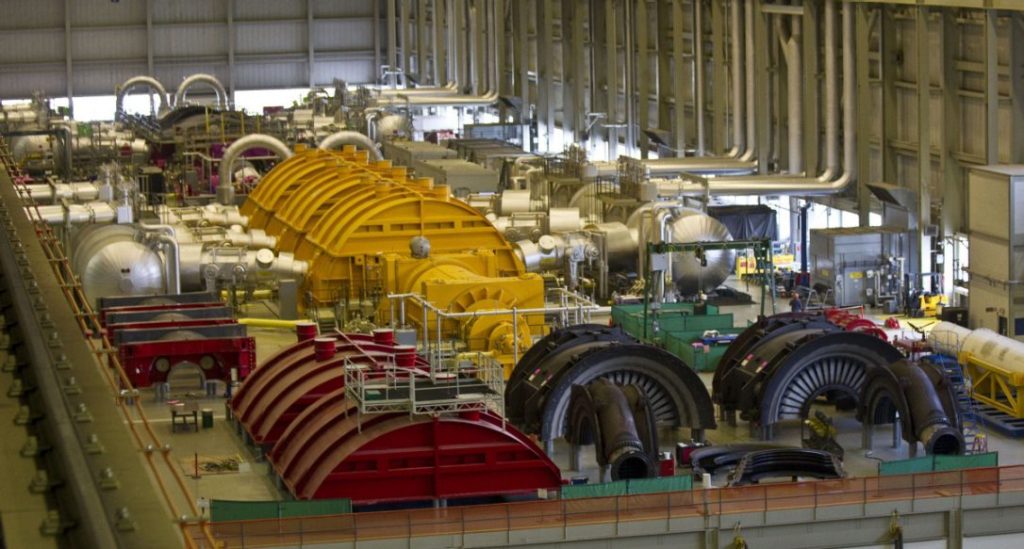Nuclear waste storage facilities have been a contentious issue for decades. While nuclear power plants can provide large amounts of energy, they also produce radioactive waste that must be stored safely for thousands of years. However, some innovative solutions have emerged in recent years that are repurposing these facilities and turning them into something productive – grain or seed storage systems.
One example is the WIPP (Waste Isolation Pilot Plant) site in New Mexico. This facility was originally constructed to store transuranic waste from the US Department of Energy’s defense programs. However, after the facility reached its capacity limit, it was converted into a commercial storage space for agricultural products such as seeds and grains.
The WIPP site is ideal for this purpose because it was designed to be extremely secure and stable. The facility is located deep underground in a salt formation, which provides natural barriers against water intrusion or earthquakes. Additionally, the containers used to store nuclear waste are resilient and can withstand extreme conditions such as heat or cold.
Another example of repurposed nuclear storage sites is the Silo City Grain Elevator Complex in Buffalo, NY. This complex consists of several abandoned grain elevators that were once used by local farmers to store their crops before shipping them out to market via Lake Erie. After years of neglect and decay, these structures were given new life when they were purchased by entrepreneur Rick Smith and transformed into an urban exploration destination.
Smith’s vision was not only about preserving history but also about creating a sustainable future for his community. He saw potential in these structures as unique spaces that could house businesses with varying needs – including artists’ studios, offices for tech startups interested in developing renewable energy sources like wind turbines or solar panels – all while maintaining their original integrity as storages units.
Repurposing existing infrastructure allows us to conserve resources while reducing our carbon footprint on this planet; it’s essential we take advantage of opportunities like these whenever possible if we want to achieve a sustainable future.
In addition to providing secure and stable storage spaces, repurposed nuclear storage sites offer other benefits. For example, they often have easy access to transportation networks such as highways or rail lines. This makes it easier for farmers or companies that need to transport large quantities of goods quickly and efficiently.
Moreover, these facilities can help mitigate food waste by providing more space for storing surplus crops during peak harvest seasons. It’s estimated that up to 30% of food produced globally goes uneaten each year, which is not only a waste of resources but also contributes significantly to greenhouse gas emissions.
Repurposing nuclear waste storage facilities as grain or seed storage systems has the potential to create jobs in local communities and stimulate economic growth while promoting sustainability practices. As we continue to seek solutions for our growing population and increased demand for resources, it’s crucial that we explore all possibilities – including those that may seem unconventional at first glance.
However, there are challenges associated with repurposing these facilities as well. For one thing, the process of converting a nuclear waste facility into a commercial space requires extensive safety precautions due to the nature of radioactive material involved. Additionally, there may be public concerns about storing potentially hazardous materials near populated areas even if they’re no longer containing radioactive material.
Despite these challenges though re-purposing nuclear storage sites remains an exciting opportunity in our quest towards sustainable development; it offers an innovative solution for both agricultural needs and environmental protection purposes simultaneously!

Leave a comment